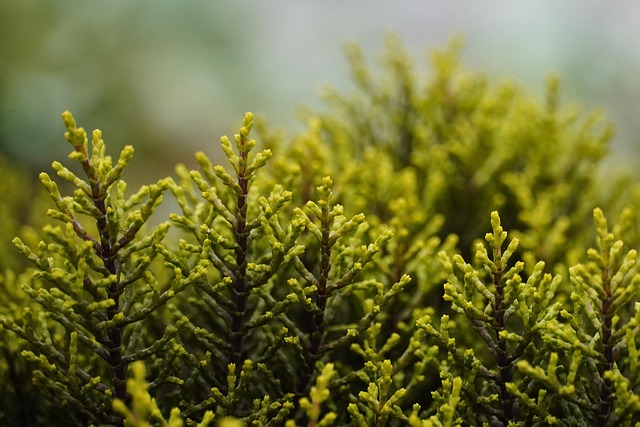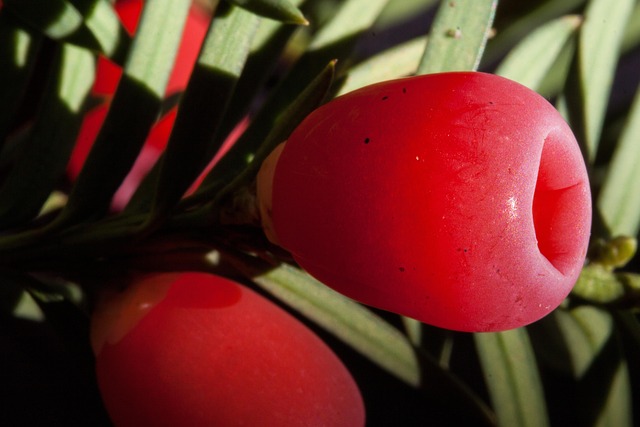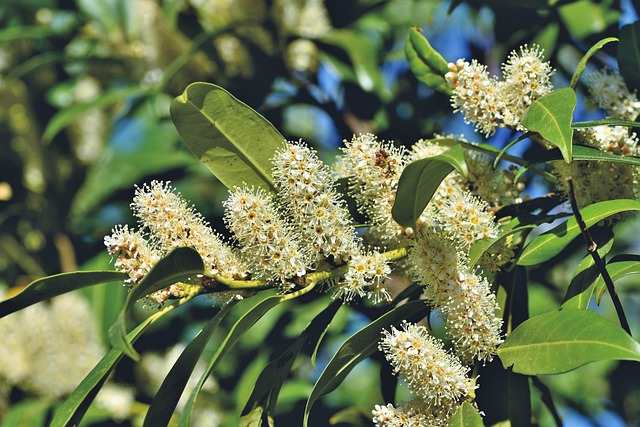Pruning is a vital horticulture practice that combines plant health management with aesthetic enhancement. By removing dead, diseased, or excess growth, it stimulates new shoots, improves air circulation, and strengthens root systems. "Pruning for growth" involves precise techniques to encourage blooming, promote balanced shapes, and create harmonious landscapes. Skilled practitioners use the right tools and timing to minimize damage, optimize plant health, and achieve visual allure. Understanding species-specific needs and avoiding over-pruning is crucial for mastering this art, ultimately enhancing natural beauty and supporting plant well-being.
Pruning isn’t just about removing dead branches; it’s an art that cultivates both plant health and aesthetic beauty. Understanding the precise timing, techniques, and goals of selective pruning can transform your garden into a vibrant display. This comprehensive guide explores “pruning for growth,” delving into the benefits for plant vitality while enhancing their visual appeal. From identifying the right tools to avoiding common mistakes, learn how careful cutting at the right time can revolutionize your landscape.
- Understanding Pruning: Its Purpose and Benefits for Plant Health
- The Art of Selective Pruning for Desired Aesthetic Results
- Tools and Techniques for Precise Cutting
- Timing is Key: When to Prune for Optimal Growth and Beauty
- Common Mistakes to Avoid for Healthy and Well-Maintained Plants
Understanding Pruning: Its Purpose and Benefits for Plant Health

Pruning is a vital practice in horticulture, serving as a delicate dance between fostering plant health and enhancing aesthetic appeal. Its primary purpose is to remove dead, diseased, or excess growth, allowing plants to allocate resources more efficiently. By carefully trimming branches and shoots, gardeners encourage new growth, improve air circulation, and promote a stronger, healthier root system. This process not only enhances the visual beauty of landscapes and gardens but also plays a crucial role in the overall well-being of the plant.
The benefits of pruning extend beyond immediate aesthetic improvements. It stimulates plant growth by triggering the production of new, vibrant shoots. Moreover, pruning helps to prevent the spread of diseases and pests, as it removes potential hiding places for harmful organisms. In terms of plant health, regular pruning can lead to better-shaped trees and shrubs, improving their structural integrity and making them more resilient to harsh weather conditions. Thus, for both horticultural enthusiasts and professionals, understanding and practicing precise pruning techniques is key to achieving not only gorgeous landscapes but also robust and thriving plants.
The Art of Selective Pruning for Desired Aesthetic Results

The art of selective pruning is a delicate dance between fostering plant health and achieving desired aesthetic results. It involves careful consideration of each cut, understanding that removing specific branches or leaves can dramatically influence light exposure, shape, and overall growth pattern. This meticulous approach goes beyond mere maintenance; it’s a form of artistic expression that transforms the garden into a living, breathing symphony of forms and textures.
Pruning for growth isn’t about drastic changes but precise adjustments. It encourages new growth, stimulates blooming, and promotes a balanced, natural shape. Skilled practitioners recognize the unique language of each plant, deciphering its needs through observable signs like dead wood, crossing branches, or stunted growth. By selectively pruning, they unlock the plant’s full potential, creating an aesthetically pleasing landscape that thrives in harmony with nature.
Tools and Techniques for Precise Cutting

When it comes to precise and careful pruning, the right tools and techniques are essential for achieving optimal results in promoting plant health and enhancing aesthetics. Sharp, high-quality secateurs or pruners are a gardener’s best friends; they allow for clean cuts, minimizing damage to the plant. For larger branches, a pruning saw with a sharp blade is necessary for efficient cutting without tearing the bark.
Techniques include identifying the appropriate time to prune, as different plants have specific needs. Selective pruning involves removing dead or diseased branches while maintaining the natural shape. Topiaris techniques can create intricate designs and forms, requiring precise cuts and consistent maintenance. Regular practice and attention to detail ensure that each cut is accurate, fostering healthy growth and a visually appealing landscape.
Timing is Key: When to Prune for Optimal Growth and Beauty

Timing is critical when it comes to pruning, as it significantly impacts a plant’s overall health and aesthetic appeal. The optimal time to prune depends on the type of plant; some thrive when pruned in late winter or early spring, just before new growth begins, while others are best pruned during their dormant season. For example, many flowering trees and shrubs benefit from pruning in late winter to shape them and encourage robust blooming in the coming seasons.
Knowing when to prune allows you to enhance the natural beauty of your plants and promote healthy growth. Pruning at the right time ensures that cuts are made during the plant’s resting phase, reducing stress and fostering new, vibrant growth. This careful timing is essential for maintaining the desired shape and size of trees, shrubs, and even some perennials, ultimately contributing to a stunning garden landscape and promoting the overall well-being of your plants.
Common Mistakes to Avoid for Healthy and Well-Maintained Plants

Many gardeners make the mistake of thinking that all pruning is equal, but this couldn’t be further from the truth. Impulsive cutting can stunt a plant’s growth or even cause it to become diseased. One common error is over-pruning, which removes vital growth and energy stores, especially in young plants. It’s essential to focus on pruning for growth, not just aesthetics; removing dead or damaged branches is crucial, but excessive trimming can hinder a plant’s natural development.
Another blunder is neglecting to consider the plant’s specific needs. Different species have unique requirements for light and growth patterns. For example, some plants thrive on light pruning during their active growth period, while others may require more severe cutting back in late winter or early spring. Always research the ideal pruning schedule and technique for each of your plants; this knowledge will ensure they remain healthy and well-maintained throughout all seasons.
Pruning for aesthetics is a delicate art that, when practiced with understanding and care, can significantly enhance your garden’s beauty while promoting healthy plant growth. By mastering selective pruning techniques, choosing the right tools, and timing your cuts accurately, you can achieve a balanced and vibrant landscape. Remember, precise pruning not only improves the visual appeal of your plants but also fosters their overall well-being, ensuring a thriving and harmonious outdoor space for years to come.
